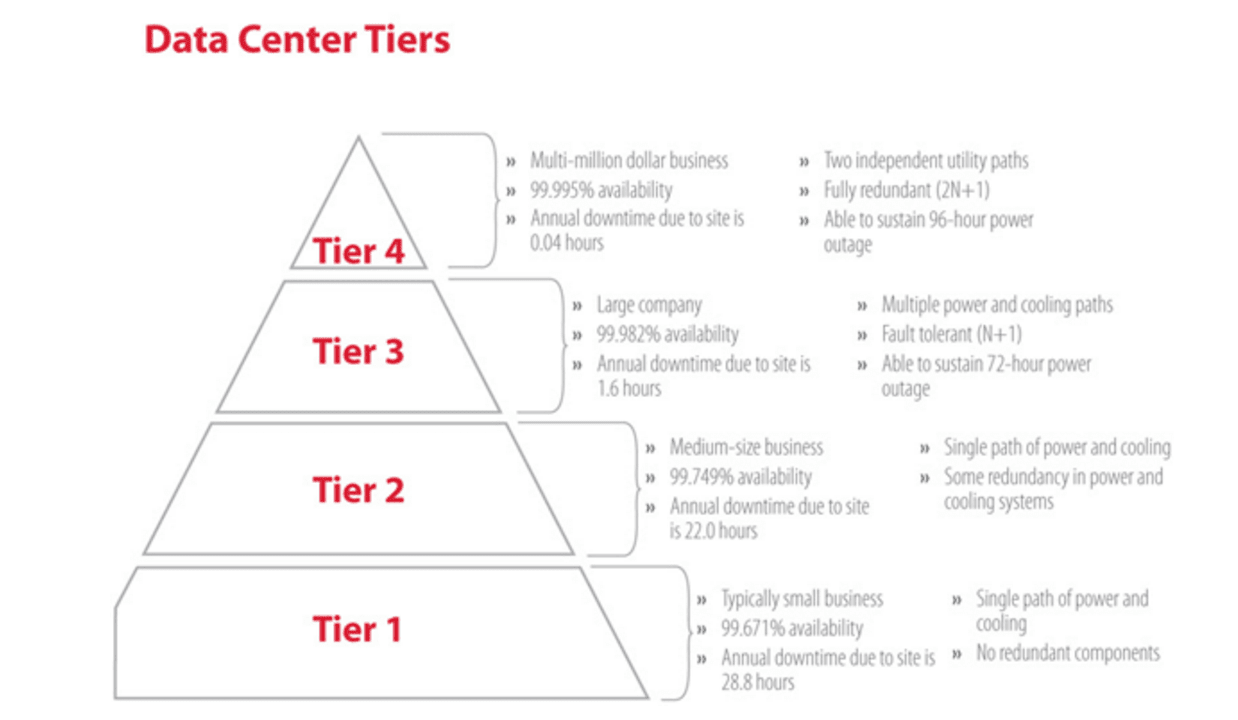Small Business Closing Employee Rights UK: What You Need to Understand About Redundancy
Small Business Closing Employee Rights UK: What You Need to Understand About Redundancy
Blog Article
Checking Out the Interplay In Between Firm Redundancy and Organizational Flexibility for Future Growth
In the dynamic landscape these days's service world, the complex connection between company redundancy and organizational versatility becomes an important factor for continual growth and success. Business commonly encounter the difficulty of striking a fragile balance in between maintaining a level of redundancy to mitigate dangers and cultivating versatility to react quickly to the ever-evolving market needs. This delicate interaction holds the crucial to not only making it through in unstable times yet also flourishing despite unpredictability. As we discover the multifaceted measurements of this interplay, appealing understandings right into exactly how organizations navigate these complexities to pave the way for future growth wait for.
Value of Firm Redundancy
Company redundancy is a critical component that boosts business resilience and mitigates operational risks. By incorporating redundancy steps within the business structure, firms can much better hold up against unexpected disruptions and fluctuations in business atmosphere. Redundancy serves as a calculated barrier, enabling business to adapt and respond effectively to unexpected challenges without endangering important operations.
One key facet of the importance of firm redundancy is its duty in making certain continuity throughout times of crisis. When confronted with abrupt modifications or emergencies, redundant systems, sources, or workers can step in to maintain critical features and avoid widespread disturbances. This connection not only safeguards the firm's track record and client depend on however also decreases monetary losses and operational downtime.

Techniques for Organizational Adaptability

Creating adaptable business frameworks that enable for quick adjustments to market dynamics and consumer demands is important for staying affordable in a swiftly advancing setting. By proactively determining prospective disruptions and possibilities, companies can proactively prosper and adapt in an ever-changing organization landscape.
Harmonizing Redundancy and Versatility
Achieving an unified stability in between functional redundancy and organizational adaptability is paramount in browsing the complexities of a vibrant service atmosphere. Redundancy within a firm gives a safety and security web, making sure continuity and security visit this page in operations. However, an unwanted of redundancy can result in inefficiencies and prevent versatility to changing market problems. On the other hand, business versatility allows companies to respond promptly to exterior interruptions and seize brand-new chances. Striking the best balance in between redundancy and adaptability is a fragile process that needs a deep understanding of the organization's objectives, industry characteristics, and risk tolerance.
To achieve this balance, business require to carry out normal assessments of their operations to determine areas where redundancy is required for danger reduction and where versatility can drive technology and development. Applying adaptable frameworks, promoting a society of constant knowing and enhancement, and urging open interaction across all levels of the organization are key strategies to integrate redundancy and flexibility properly. By lining up these 2 essential components, firms can place themselves for sustainable growth and success in an ever-changing business landscape.
Study on Adjustment Success
In checking out circumstances of effective organizational adaptation, it comes to be obvious that the interplay in between operational redundancy and adaptability is a specifying variable in shaping resilient organizations. One engaging study is that of Netflix. Originally a DVD rental service, Netflix showed exceptional versatility by transitioning into a streaming system when digitalization disrupted the sector. By purposefully spending in technology and web content production, Netflix not only prospered this content but survived in a rapidly advancing market. An additional standout example is Amazon. Beginning as an online book shop, Amazon continuously adjusted its company version, expanding right into diverse sectors such as cloud computing over here and expert system. This adaptability allowed Amazon to remain in advance of competitors and satisfy changing consumer needs. Lastly, Adobe supplies a noteworthy image of successful adaptation. The firm shifted from offering software licenses to a subscription-based design, making certain recurring income streams and boosted customer involvement. These study underscore the value of functional redundancy paired with business flexibility in cultivating lasting growth and competitiveness.
Building Resilience for Future Development
Building strength for future growth requires a critical positioning of operational procedures with market dynamics and arising trends. Companies must adjust to changing atmospheres by fostering a society of flexibility, technology, and constant improvement.
Additionally, fostering solid relationships with stakeholders, such as consumers, workers, suppliers, and the neighborhood, is vital for weathering uncertainties and preserving trust and support during unstable times. Effective interaction and openness play a crucial role in building strength, as they help straighten expectations and promote partnership in browsing uncertainties.
Moreover, companies require to prioritize learning and advancement campaigns to upskill workers and outfit them with the required devices to adjust to transforming scenarios. By spending in their workforce, companies can improve their versatility and dexterity, inevitably strengthening their resilience for sustainable future development.
Verdict

In the dynamic landscape of today's business world, the detailed connection in between business redundancy and organizational versatility arises as a critical aspect for sustained growth and success. Firms typically encounter the challenge of striking a fragile balance between preserving a degree of redundancy to mitigate dangers and cultivating adaptability to respond promptly to the ever-evolving market demands.To attain this equilibrium, firms need to carry out routine evaluations of their procedures to recognize areas where redundancy is required for danger reduction and where flexibility can drive advancement and development.In conclusion, the interplay between company redundancy and business adaptability is important for future growth. Structure strength via a mix of redundancy and flexibility will ensure that companies are prepared for the difficulties of the future.
Report this page